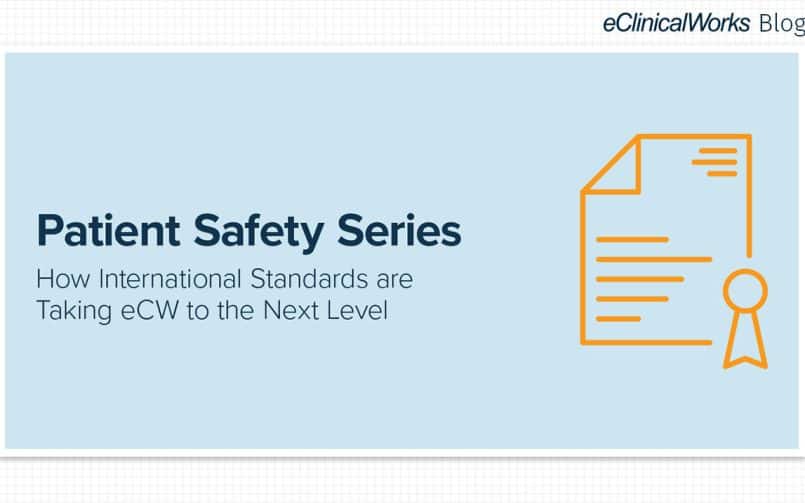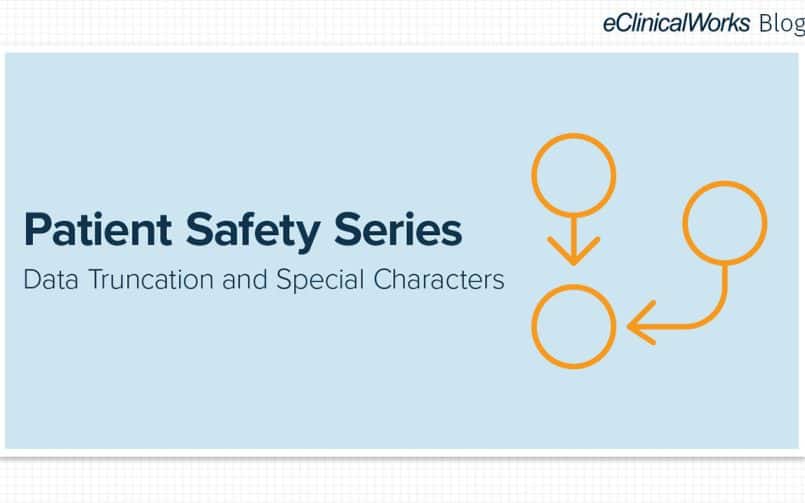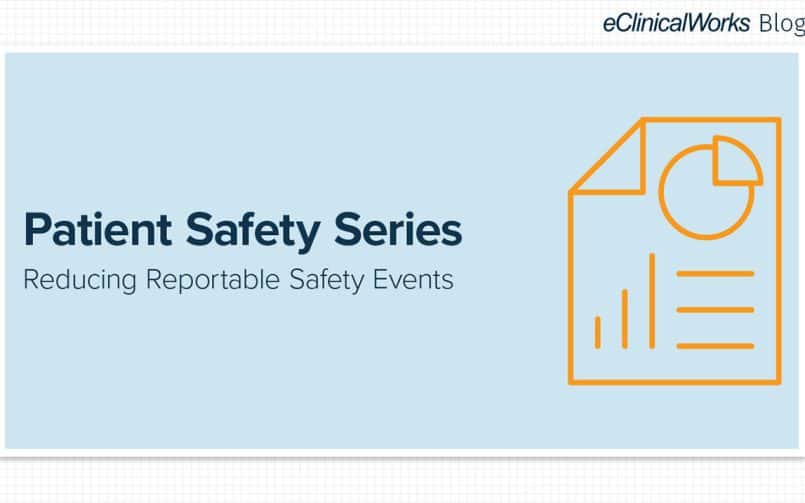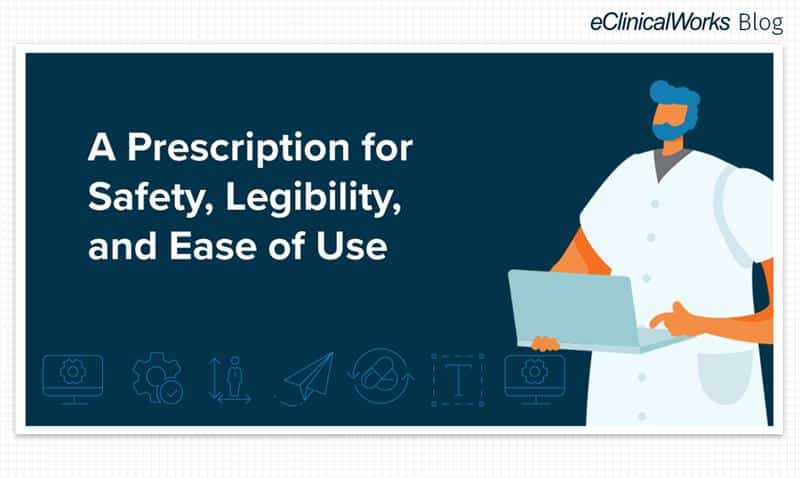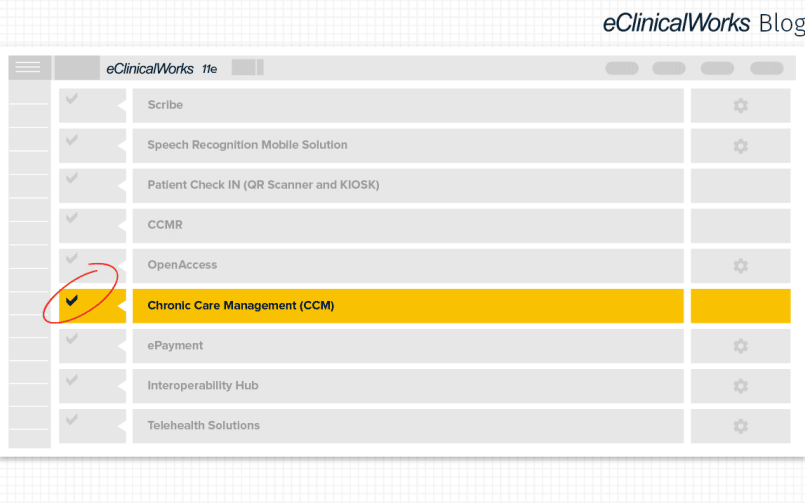Improving Patient Safety Series: Reducing Mean Time to Repair
- 10 June 2021
- Blog
eClinicalWorks
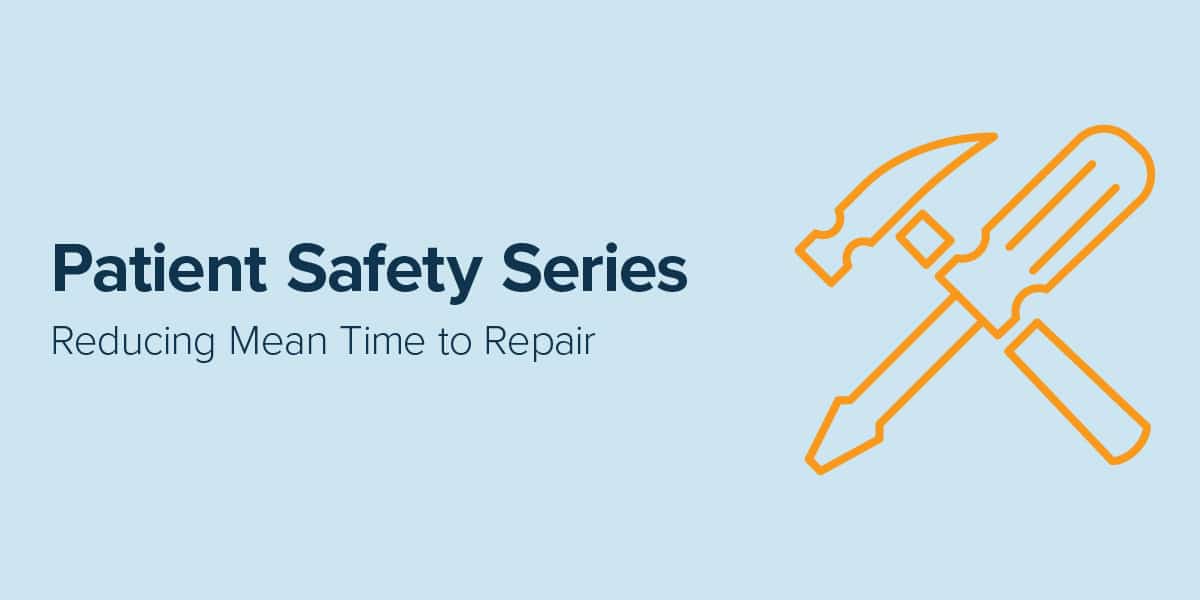
This is the second of five blogs in a series on how eClinicalWorks® continues to lead the healthcare IT industry in patient safety.
All software is complicated, but software in the healthcare industry comes with an added twist: The safety of patients depends on the software being reliable and performing as expected each and every day. When safety problems — Reportable Events — arise, it is important to address them quickly and thoroughly.
A software company’s response to Reportable Events is measured by how long it takes on average to notify customers about them and develop fixes for them. That measure, which varies depending on the severity and urgency of a given risk, is known in the industry as Mean Time to Repair (MTTR). For example, low-risk events must meet an MTTR of 75 days or fewer, medium-risk events 45 days or fewer, and high-risk events within just seven days.
But addressing software issues isn’t as simple as grabbing a pencil eraser or deleting a line of code. Fixes have to be designed, developed, and extensively tested before they can be included in a new version of the software that is released to customers.
Stepping up the pace of software releases
For years, new software releases at eClinicalWorks would occur about every six months, give or take. High-priority fixes could always be handled promptly through a software patch or special release, but low-risk items might simply “wait for the next train” as they made their way through the process.
Facing a backlog of Reportable Events, the question for teams at eClinicalWorks became how we could develop a better and faster process. After all, no matter how good your software is, six months is a long time to wait in today’s world.
So, last fall we took a new approach, moving to monthly releases of new versions of our core Electronic Health Record (EHR). It was as if, rather than waiting for that one train to leave the station every six months, we began dispatching an express train every single month, featuring new features, enhancements, and fixes to address the Reportable Events.
Reducing Mean Time to Repair (MTTR)
This approach has shown immediate returns. Our customers are now receiving new features and functions every month, which fuels improvements in two ways: Customers have much less time to wait for innovations in usability, and our software teams are able to gather customer feedback and respond more readily with improvements to our software.
Internally, monthly releases mean that multiple teams at eClinicalWorks are focused on comprehensively addressing Reportable Events, developing solutions, testing those solutions, and making sure they are on schedule for the next monthly software release.
These teams include our Product Management, Usability, Clinical Risk Management, Security, Quality Assurance, Functional, Performance, Automation, Engineering, Release Management, and Documentation teams. In addition, even those teams not directly involved with the handling of Reportable Events undergo comprehensive, periodic patient safety awareness and training.
As shown in the following chart, as of April 1, 2021, 75 low-risk Reportable Events had an MTTR of 28.05 days, far lower than the 60-day limit. There were 28 medium-risk Reportable Events with an MTTR of 24.93 days — nearly three weeks better than the 45-day limit.
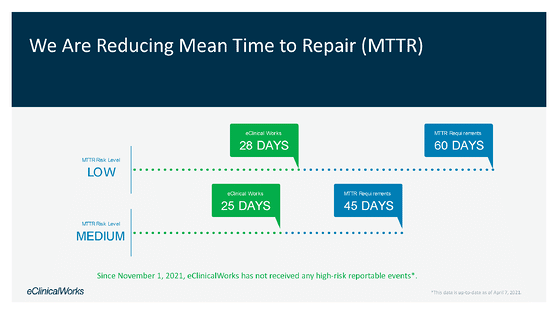
Careful planning, and a new way of thinking
Internally, monthly releases mean a coordinated approach to planning and testing. Software changes and fixes are developed, checked in, and thoroughly tested. Each team knows ahead of time what’s coming, what the timelines are, and what they must do in order to meet the deadline for the next release.
The system is arranged so that there is sufficient time to ensure that each software fix not only behaves as expected, but doesn’t cause any other problems. Only then is a final release given the green light.
There’s much truth in the adage, “If it ain’t broke, don’t fix it.” But when it is broken, fixing it faster — while meeting the highest standards for quality, review, and patient safety — is a win.
At eClinicalWorks, reducing MTTR didn’t require a technological breakthrough or fancy coding. It required something much simpler and more powerful: A new way of thinking about how to best meet the needs of our customers that led to monthly software releases that reflects a “continuous improvement” approach throughout our organization.
Check out our first blog in the Improving Patient Safety series on reducing reportable events. You can also subscribe to our blog so you can read the rest of the series.




